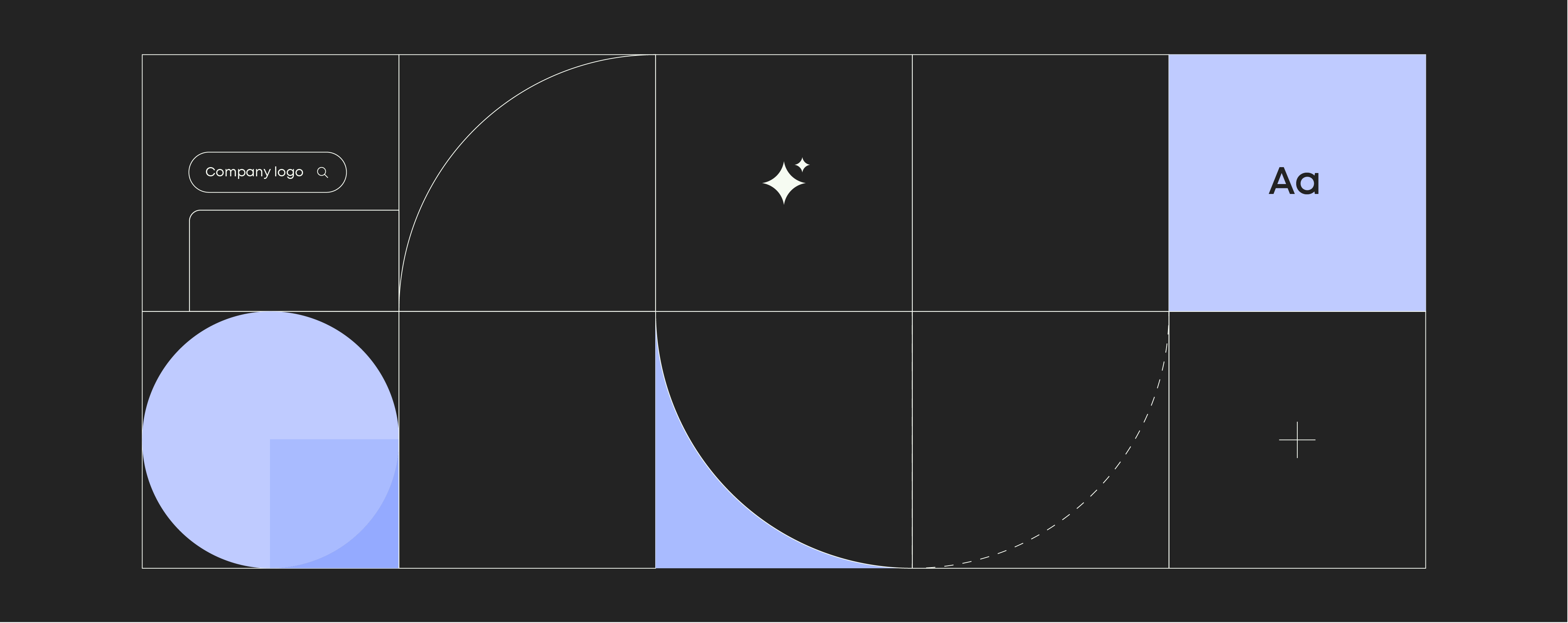The leading brand management companies

Brand management companies help other companies maintain, protect and enhance their brands.
How do they do that, why is it important to do, and which brand management company is the best for managing your brand?
In this blog post, we will visit a few of the leading brand management companies to give you an idea of the actors in the market so that you can make an informed decision if you’re going to work with one of them. Let’s get to it!
What is brand management?
Brand management is an umbrella term for the processes that go into managing a brand. Brands are not just logos and slogans, and they are not static, but rather continually developing and should be treated as such. This is why brand management entails maintaining the brand, protecting it against threats, and enhancing it to stay relevant.
What is a brand management company?
A brand management company provides a service that helps other companies manage their brand. When talking about brand management companies, people often refer to companies that develop brand management software that can be helpful in maintaining, protecting and enhancing a brand.
How can brand management help companies work more effectively?
Brand management can help companies work more effectively by automating processes that would otherwise be done manually.
- Save time on locating brand assets
Brand management companies that have brand asset management features can help employees work more effectively by saving time on locating the asset they need. 69% of employees use Google to find company assets, and this can be a tiresome process that can be automated with brand management software. - Ensure consistency
If done manually, employees have to manually stay up to date with company brand guidelines and check their content against them whenever they are producing a document, presentation or other piece of content. Once up to date, employees will use this template for future content production. However, it will be outdated again once brand guidelines are updated, starting the process over again. With brand management software, this process can be automated to ensure consistency and compliance with internal and external guidelines. - Protect the brand against threats
If a brand is non-compliant or inconsistent in its branding efforts, it can lead to reputational risks. A survey conducted by consulting company KPMG in 2022 showed that reputational risk is a top concern among CEOs, proving that brand reputation is key for effective brand management. By using brand management tools to ensure compliance with internal and external guidelines and monitoring software to keep an eye on different sources, brands can protect themselves against threats and avoid PR crises that may do serious damage to the brand’s reputation.
What are the top brand management companies?
There are several types of brand management companies with different purposes, and the best brand management company depends on the brand’s needs. Some brand management companies develop digital or brand asset management software, some help brands monitor their mentions, while others provide all-encompassing brand management platforms. Let’s look at them separately.
Types of brand management companies
Brand reputation management companies
There’s several ways brands can manage their reputations, yet an important component is implementing monitoring software that keeps an eye on channels where reputational threats can arise so that brands can address them before in the worst case scenario they turn into a PR crisis.
For small brands, it may be sufficient to use free tools like Google Alerts that will notify you of mentions of your brand. For larger companies and enterprises, more powerful tools are recommended to monitor more sources. One of these brand management companies is Brandwatch that monitors millions of sources to find mentions of your brand and conduct sentiment analysis to assess whether a reputational incident is looming.
Digital asset management companies
Digital asset management (DAM) is an important part of brand management as it is software to manage a company’s digital assets such as legal documents, internal guidelines, educational material or other digital assets. There’s a range of digital asset management (DAM) companies on the market.
For small or mid-market companies that are looking for a digital asset management software solution, one of the most popular choices is Canto. Canto provides organizations with an intuitive solution to centralize, organize, and share digital assets across the organization.
For enterprises, a widely used DAM tool is Adobe Experience Manager. The software system uses AI-powered content management to ensure easy access to the right digital assets.
Brand asset management companies
Brand asset management (BAM) is another central component of brand management. BAM companies develop software that helps other companies manage their brand assets. These assets could be logos, fonts, color palettes and other elements that are associated with the brand. BAM software is used to manage these brand assets to ensure consistency when using the assets across different platforms.
There are several brand asset management companies on the market with different purposes and target audiences. Brandfolder is one of the leading digital asset management tools among small businesses. The company focuses on providing a solution that is aesthetically pleasing and user-friendly to make it as easy as possible to do brand management. Bynder is a popular choice for mid-sized companies. It helps more than 4000 brands worldwide to manage their assets so that they can get content and campaigns to market faster.
Brand compliance companies
UpSlide is a brand management company that offers document automation software service to help enterprises manage their brand assets and ensure consistency and adherence to company guidelines across all their documents and presentations.
Templafy provides a central hub for managing brand assets and that conducts real-time brand compliance by monitoring content production to ensure that content is in line with company guidelines. It offers a suite of tools that work together to enable companies to best manage their brands.
According to software review site G2, Templafy is the most user-friendly compliance platform when choosing between the two brand management software companies. It is also the go-to choice for many enterprises, among others ERM, the world’s largest sustainability advisory firm.
CASE
How ERM use Templafy to manage their brand
In 2023, ERM began their first rebranding since the brand was founded 41 years ago. ERM were producing thousands of proposals and reports every month using different templates across teams and regions. With no centralized templating processes and no central repository for company-wide brand assets, one of the main priorities in the transformation was to move away from silo-mentality workflows and the inefficient use of SharePoint for centrally storing brand assets to centralize content distribution and templating.
According to Sarah Middleton, Marketing Director – Brand Integration at ERM, Templafy played a key role in the transformation.
“If we didn’t have Templafy, there is no way we could have got all our 8000 employees to adopt our new templates and showcase our new identity to our clients”.
Why Templafy is a popular brand management company for enterprises
So why is Templafy such a useful tool for hundreds of enterprises across the globe? Unlike other brand management companies that provide single brand management tools, Templafy has built a central platform where brand asset management is not the main purpose, but rather a component that plays together with other tools like document automation and brand enhancement to provide a single solution for enterprises to do automatic brand compliance at scale.
This is a sought-after ability for many enterprises as they are looking to comply with both internal and external guidelines to the best of their ability. Templafy allows them to automate this process, saving a lot of time that would otherwise be spent on manually checking guidelines and waiting for getting content approved. Let’s look at some of the main features of the platform:
Centralized asset management
As we saw with ERM, large companies can build-up a large amount of decentralized libraries where they store brand assets. This can have a negative impact on the company as employees can waste time searching through different libraries. In the Templafy Library, companies can store all of their brand assets in one central hub. By tagging the assets with relevant keywords and sorting them in folders, employees can quickly locate assets they are looking for, allowing for a seamless search and retrieval process.
Real-time updates
Large companies may do brand makeovers, logo variations or update brand assets in employees’ email signatures. With Templafy, brand managers can conduct these updates in real time. This removes the hassle of having to manually instruct employees across the organization on how to comply with the new brand asset update as Templafy automatically makes the update available to everyone.
Streamlined workflow
The Builder is another key component of the Templafy platform. This is where employees build documents, presentations, and other content that is going to be distributed internally and externally. Templafy integrates with the most widely used office applications, such as Microsoft 365 or Google Workspace, which enables employees to continue working within their preferred application, creating a seamless, streamlined workflow where company-approved brand assets are available inside the preferred application.
Brand consistency
The Templafy Validator monitors employees’ content creation process to ensure that branding assets are used accordingly. This is important for keeping a clean, consistent brand identity that complies with internal and external guidelines. By continuously monitoring the content production in real time, compliance is automated so that employees can focus on core work instead of getting content approved
Future trends in brand management
In a highly globalized and competitive environment, brands must stand out to get and retain customers. That’s why having a strong, consistent brand is becoming more important to gain customers’ trust. Implementing brand management tools is a good step towards working with your brand to maintain and enhance it.
Protecting your brand is also becoming increasingly important as evident in the aforementioned KPMG survey that showed how a growing concern of CEOs is reputational risk. Reputational risk can come from a variety of sources and it can be difficult to locate threats. Monitoring software can help, however, one of the best ways to protect a brand against reputational threats is by continually ensuring compliance with internal and external rules and guidelines.
Manage your brand with Templafy
There’s a range of brand management companies on the market. Some focus on managing assets, some on monitoring sources where reputational risks can arise. Templafy takes an overarching approach to brand management by providing a platform where brands can maintain, protect and enhance their brand in one platform – without having to switch between different applications. Schedule a demo with Templafy today and learn more about how you can manage all of your brand – not just a part of it.


